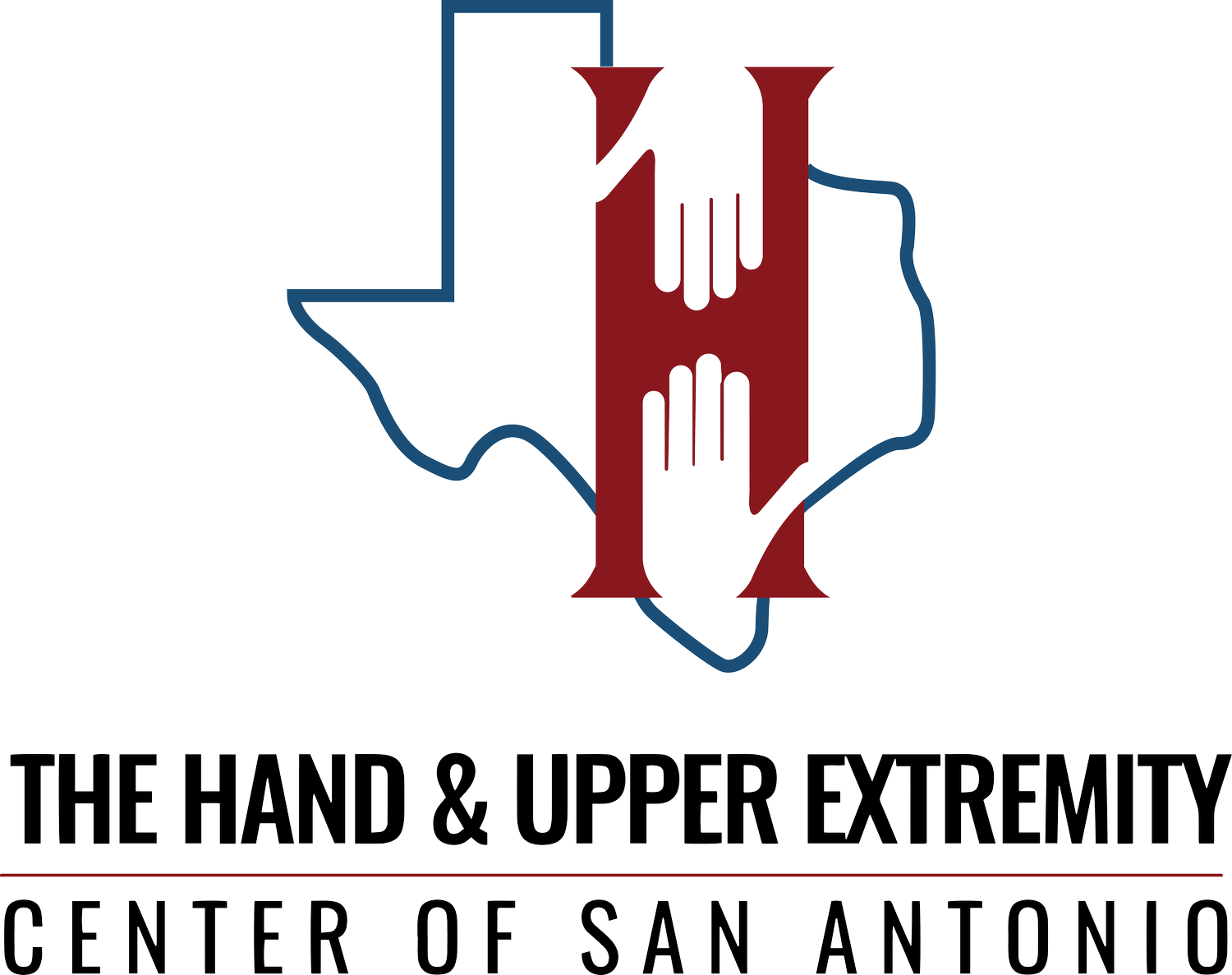What Are the 3 Types of Shoulder Dislocation?
A shoulder dislocation occurs when the upper arm bone pops out of the shoulder socket, causing pain, limited mobility, and often visible deformity. As the body's most mobile joint, the shoulder is also one of the most susceptible to dislocation, especially in athletes or those with previous injuries.
To get the right diagnosis and treatment plan, it is important to understand the types of shoulder dislocations. Without proper care, repeated dislocations and long-term joint instability are common.
At The Hand & Upper Extremity Center of San Antonio, our Shoulder specialists have extensive experience treating shoulder dislocations of all types. Whether you've sustained a first-time injury or have chronic shoulder instability, we provide comprehensive evaluations and personalized treatment.
Understanding Shoulder Dislocation
The shoulder is a ball-and-socket joint, where the upper arm bone's head (humerus) fits into a shallow socket (glenoid) in the shoulder blade.
During a shoulder dislocation, the humeral head is forced out of its socket, either partially or completely. A direct blow during contact sports, a fall on an outstretched arm, or even a sudden push or twist can cause this. Over time, repeated injuries can stretch or tear surrounding ligaments, causing shoulder instability.
The 3 Main Types of Shoulder Dislocation
A shoulder dislocation can be classified according to which direction the upper arm bone (humerus) moves out of its socket. Each type has different causes, symptoms, and treatment considerations.
Anterior Shoulder Dislocation
The most common type, accounting for over 90% of all cases. It happens when the humerus moves forward, out of the socket.
Symptoms include:
Intense shoulder pain
Swelling and bruising
Limited arm movement
A visible deformity or “dropped” shoulder appearance
This type is usually caused by:
Falling on an outstretched arm
Sports injuries
Sudden twisting motion
Repetitive overhead motions
Posterior Shoulder Dislocation
Posterior shoulder dislocations are much less common and can be more difficult to diagnose. These occur when the humeral head is pushed backward out of the socket.
Symptoms include:
Shoulder pain
Weakness
Trouble rotating the arm outward
This type is usually caused by:
Seizures
Electric shocks
A direct hit with the arm turned inward
Inferior Shoulder Dislocation
The rarest form, inferior shoulder dislocation, also known as luxatio erecta, occurs when the humeral head is pushed downward out of the socket.
This type is usually caused by:
Severe trauma or fall from height
Forceful overhead stretching of the arm
Motor vehicle accidents
Sports injuries involving hyperabduction (outward movement)
Symptoms include:
Arm appears stuck overhead
Obvious deformity in the shoulder
Pain, weakness, and inability to lower the arm
Diagnosis and Treatment for Shoulder Dislocation
Pain, range of motion, and visible deformities are assessed during a physical examination. Imaging tests, such as X-rays or MRIs, are typically used to determine the type and severity of the dislocation. By doing so, a treatment plan is chosen that will best address any injuries, including fractures and ligament tears.
Depending on the dislocation type and if it is a first-time or recurring injury, shoulder dislocations require different treatments. A non-surgical treatment for this condition is manual reduction (restoring the joint to its original position), followed by rest, immobilization, and physical therapy to restore strength and stability. In some cases, surgical intervention may be recommended if the patient has had repeated dislocations, joint instability, or significant soft tissue damage.
Trust Our Shoulder Experts
It is important to recognize and treat shoulder dislocations early in order to prevent long-term issues like chronic instability, nerve damage, or recurring injuries. If you’ve experienced a shoulder injury, don’t wait, schedule an evaluation with our San Antonio shoulder specialists today. Our team is here to help you get back to full strength with expert orthopedic care you can trust.
Are You Experiencing a Shoulder pain? Our Team Can Help!
At The Hand & Upper Extremity Center of San Antonio, we specialize in diagnosing and treating shoulder dislocations with expert orthopedic care. Whether it’s your first dislocation or a recurring issue causing instability and pain, our team offers personalized, advanced treatment to help restore shoulder function and mobility. Don’t let a dislocation keep you from living actively — schedule a consultation today and take the first step toward recovery.




